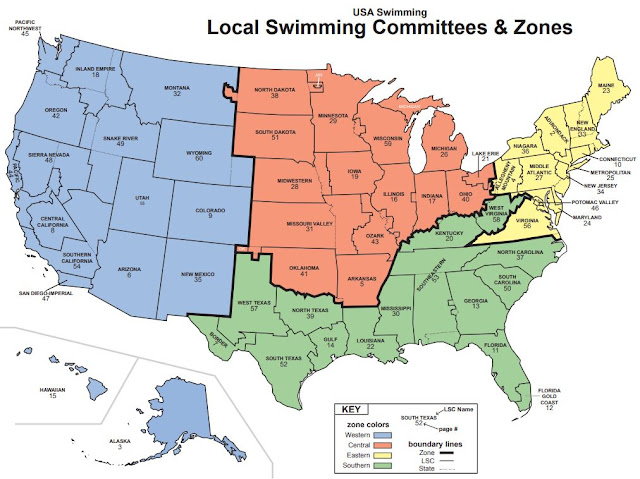Swim Meets (4): Alternates & Scratching

There are two other terms you would need to know for a Prelims/Finals meet : Alternates and Scratching . If your swimmer qualifies for the Finals, the meet announcer generally makes an announcement to call out the names of the swimmers who have qualified and the two " ALTERNATES ". The meet organizers would also print out the event results and they will be posted on a designated wall within the venue. Here is the important part: if for whatever reason your swimmer cannot compete in the finals, he/she MUST withdraw (commonly called " SCRATCH ") from the finals within 30 minutes of the announcement . Please make sure your swimmer ALWAYS consult with their coach before deciding to scratch from the finals. If you do not scratch and your swimmer does not show up in the finals, your swimmer will be suspended from the meet (i.e. unable to compete for any other events in the meet) and also be fined ($50 seems to be the most common penalty amount). For a Finals for








